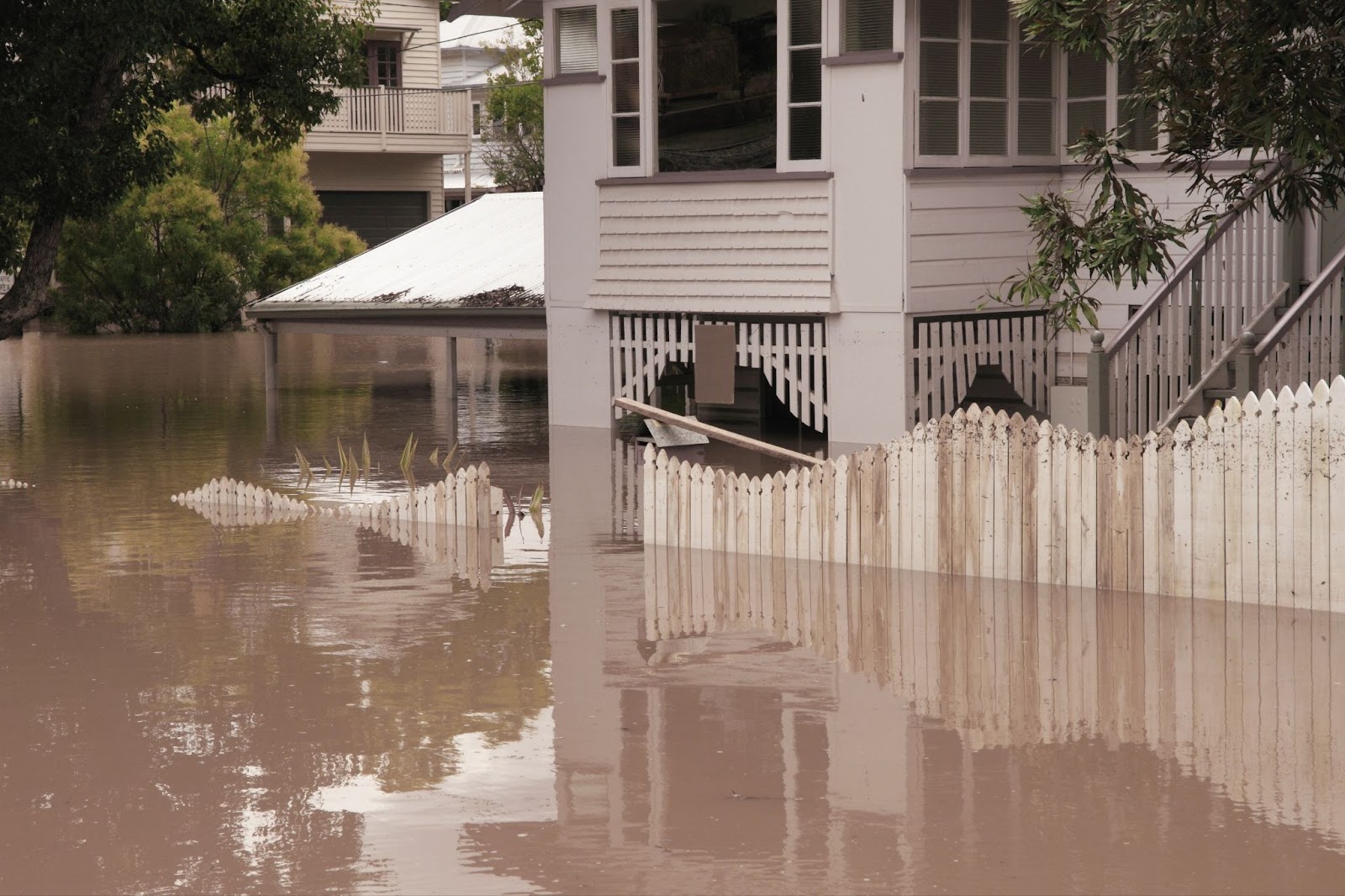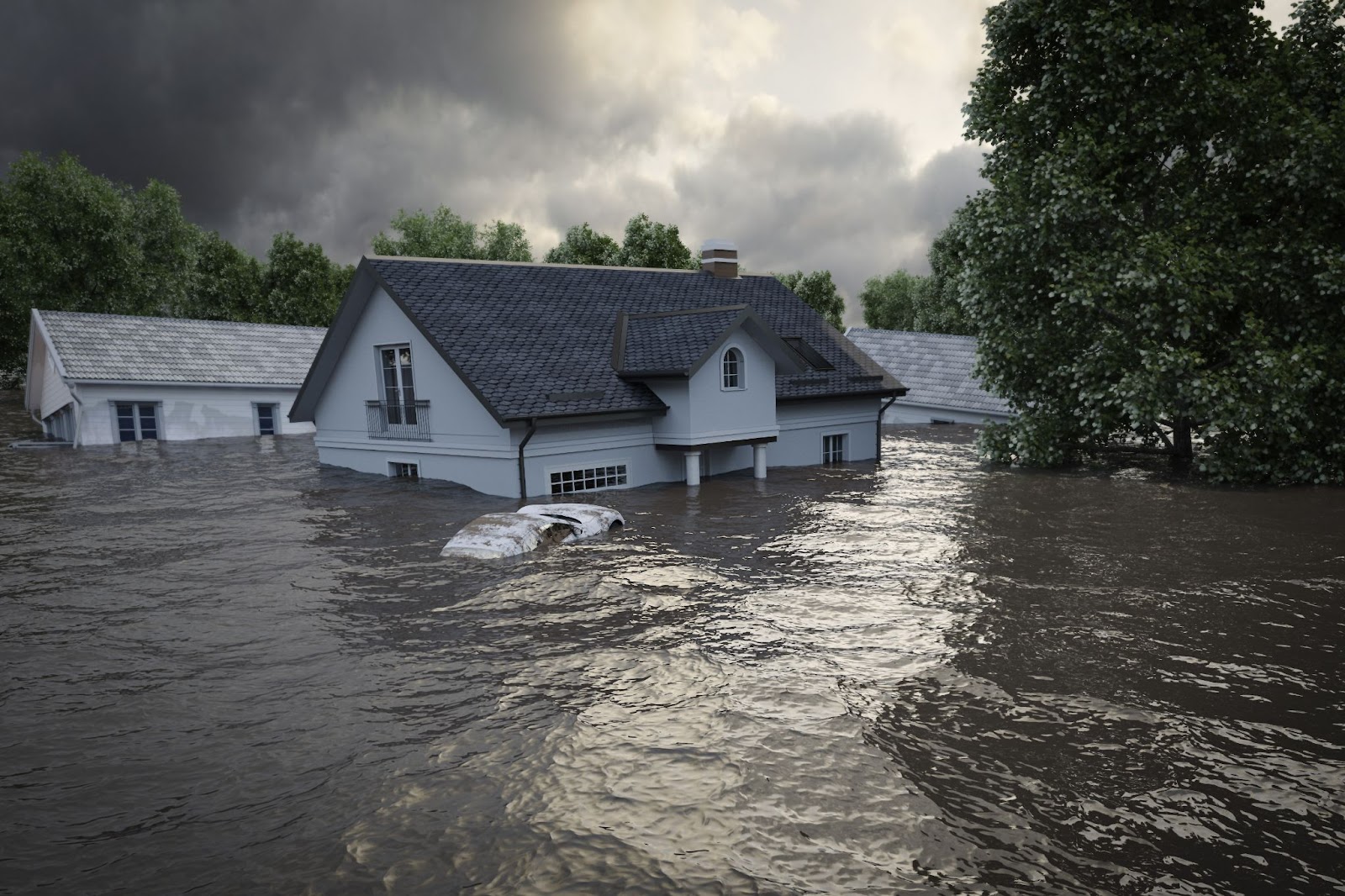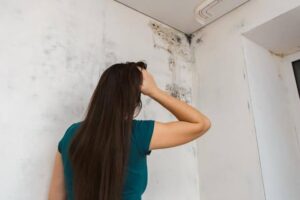Flood damage restoration is a crucial process that ensures your home is safe and livable again after a home flood. When water infiltrates your home, it can lead to severe structural damage, mold growth, and other long-term issues if not addressed properly.
The home flood damage restoration process involves several steps, starting with an emergency response to prevent further damage, followed by comprehensive cleaning, drying, and restoration of the affected areas. By understanding this process, homeowners can better navigate the challenges of recovery and make informed decisions to protect their property.
In this blog, we’ll guide you through each of the steps in the flood damage restoration process, explaining how professionals handle everything from water extraction to final repairs. Whether you’re facing minor flooding or extensive water damage, understanding what to expect can help reduce the stress of the situation and ensure your home is properly restored.
Initial Inspection and Assessment
The initial inspection and assessment is a critical first step in the flood damage restoration process. During this phase, trained professionals thoroughly evaluate the extent of the water damage throughout the property.
This inspection allows the team to identify the affected areas, determine the category of water involved (clean, gray, or black), and understand the overall scope of the restoration work. By identifying the source of the flooding and pinpointing any hidden water pockets, the restoration team ensures that all potential risks are addressed to prevent future complications.
The assessment involves using advanced tools to measure the level of water saturation in the walls, ceilings, floors, and even hidden areas. This helps the professionals develop a customized action plan for removing the water and drying the affected spaces. Additionally, the team will check for any signs of structural damage, such as weakened walls, floors, or ceilings, and assess the potential for mold growth. This thorough inspection helps ensure that no area is overlooked, allowing for a more efficient and effective restoration process.
Once the assessment is complete, the restoration team creates a detailed plan outlining the necessary steps for water extraction, drying, cleaning, and repairing the damaged areas. This plan also includes estimated timelines and costs, ensuring that the homeowner is fully informed and prepared for the work ahead.
Water Removal and Extraction
Water removal and extraction focuses on efficiently clearing your property of all excess water to prevent long-term damage. Once the initial inspection is complete, professionals begin the extraction process using specialized pumps and vacuums designed to handle large volumes of water. This step helps mitigate the immediate threat of damage to your floors, walls, and furniture while also reducing the potential for electrical hazards. The goal during this stage is to remove all visible standing water and begin creating a dry environment.
These powerful machines are able to extract a ton of water in a short period, significantly reducing the risk of further damage to your property.
Once the majority of the standing water is removed, the focus shifts to the extraction of moisture from porous materials like carpets, padding, and furniture. Specialized tools, such as weighted extractors or sub-surface tools, are used to draw out water from deep within fabrics and building materials. This thorough extraction process is essential to ensure that moisture does not remain trapped in materials, which could lead to the growth of mold and mildew over time.
Another key aspect of water extraction is dealing with moisture in hard-to-reach areas. Water can seep into floorboards, walls, and other structural components, so technicians may use moisture meters and infrared cameras to detect hidden water pockets. These tools help ensure that no area is overlooked during the extraction process, preventing future complications that could arise from unseen water damage.
Drying and Dehumidifying
After the bulk of the water is extracted, the next critical step in flood damage restoration is drying and dehumidifying the affected areas. This phase focuses on eliminating the remaining moisture trapped in materials like walls, floors, and furniture. Industrial-grade dehumidifiers and air movers are used to speed up the drying process, ensuring that even the deepest layers of the building structure are free of moisture.
Drying typically involves positioning high-velocity air movers throughout the affected area to increase air circulation. These machines help evaporate the remaining water quickly, minimizing the risk of mold growth and further structural damage. The combination of air movers and dehumidifiers helps maintain low humidity levels, drawing moisture from the air and accelerating the drying process.
During this stage, technicians closely monitor humidity and moisture levels using specialized meters. They adjust equipment placement and intensity as necessary to ensure thorough drying. This methodical approach prevents long-term damage and ensures that the property is fully dried, paving the way for the next steps in the restoration process.
Cleaning and Sanitizing
Once the water has been removed and the area has been thoroughly dried, the cleaning and sanitizing phase begins. This step is essential for restoring the affected area to a safe and habitable condition. Floodwaters often carry contaminants like bacteria, viruses, sewage, or chemicals, which pose health risks if not properly addressed. The cleaning process involves removing any debris, dirt, or residue left behind by the flood.
Sanitizing the affected areas ensures that all harmful pathogens and contaminants are eliminated. Technicians use professional-grade cleaning agents to disinfect surfaces, floors, walls, and any affected personal belongings. This not only helps to prevent mold and mildew growth but also ensures that the space is free from harmful bacteria or other hazards that could compromise the safety of those re-entering the property.
In addition to sanitizing, items like furniture, carpets, and upholstery that are salvageable may also undergo a deep cleaning process. Where necessary, non-salvageable materials are removed and disposed of according to health and safety regulations, ensuring that no contaminated materials remain on the property. This step is critical in restoring the space to its pre-flood condition and ensuring the well-being of its occupants.
Restoration and Repair
The final phase of the flood damage restoration process is restoration and repair. This step focuses on returning the property to its pre-flood condition, addressing any structural or cosmetic damages caused by the water. Depending on the severity of the damage, this phase can involve anything from minor repairs, like replacing drywall or flooring, to more extensive work, such as rebuilding entire sections of the home.
During this stage, damaged materials like drywall, insulation, flooring, and any compromised structural elements are replaced or repaired. Walls and ceilings that were damaged may need to be repainted, while flooring—whether carpet, tile, or hardwood—may require complete replacement if water has seeped into the subflooring. The goal is to not only make the home functional again but also to restore it to its original appearance, ensuring that no signs of the water damage remain.
In addition to the structural repairs, the restoration process often involves the repair or replacement of personal belongings that were damaged during the home flood. Furniture, electronics, appliances, and other items may need to be repaired or replaced depending on the extent of the damage. Working with a professional restoration company ensures that every aspect of the home is addressed, from hidden damage to the finishing touches, helping homeowners regain a sense of normalcy after the disaster.
Why Professional Restoration is Key
Professional restoration is key to fully addressing the impact of flood damage for several reasons. First, restoration experts use specialized equipment and techniques to ensure that all areas affected by water are properly dried and dehumidified. This is critical because even minor moisture left behind can lead to long-term structural damage or mold growth, both of which pose serious risks to the health and safety of your home.
The tools and expertise needed to detect hidden water and repair unseen damage go beyond what DIY methods typically offer, making professional intervention essential to ensure that your home is thoroughly restored.
Additionally, professional restoration teams are trained to handle every stage of the recovery process, from water extraction to cleaning and repairs. They understand how to prevent further damage and mitigate potential hazards, such as contamination from sewage or harmful pathogens in floodwater.
By working with experts, you protect your home and family from potential health risks and avoid costly mistakes that could arise from incomplete or improper repairs. Trusting a professional ensures that the restoration process is efficient, safe, and thorough, giving you peace of mind as your property is returned to its pre-damage condition.
Ready to Restore Your Property? Total Flood and Fire Restoration is Here to Help
Ready to restore your property after flood damage? Total Flood and Fire Restoration is here to provide expert guidance and support throughout every step of the flood damage restoration process.
Our team understands the urgency of addressing water damage quickly, which is why we offer fast, professional service from the moment you contact us. We handle everything from the initial inspection to the final restoration, ensuring that your home or business is thoroughly dried, sanitized, and repaired to its original condition. With state-of-the-art equipment and years of experience, we make the process as smooth and stress-free as possible.
Whether you’re facing minor flooding or significant water damage, you can trust Total Flood and Fire Restoration to deliver reliable, high-quality results. Contact us today, and let us help you restore your peace of mind along with your property.








